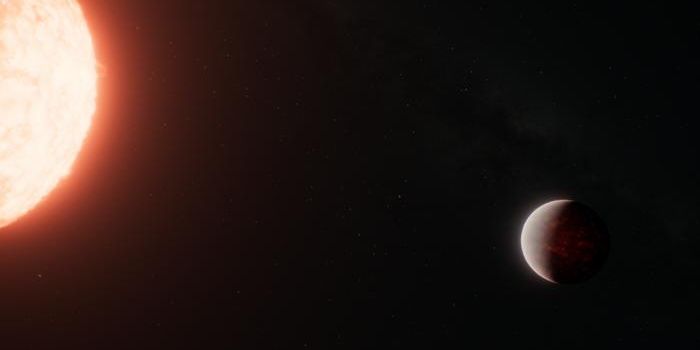Tracking the health of the Amazon with drones
In 2017, Scot Martin, the Gordon McKay Professor of Environmental Science and Engineering at the, envisioned a novel drone-based chemical monitoring system to track the health of the Amazon in the face of global climate change and human-caused deforestation and burning.
What with everything that is going on in the Amazon recently, the need for biomonitoring the region’s diverse ecosystems becomes ever more urgent. That’s why a drone system that monitors the health of the Amazon developed by Professor Scot Martin at the Harvard John A. Paulson School of Engineering and Applied Sciences (SEAS) couldn’t have come at a more opportune moment.
Published in the Proceedings of the National Academy of Sciences, the study highlights how collecting the volatile organic compounds (VOCs) of plants can provide information on how ecosystems respond to stress. As Science Daily explains, “Every species of plant emits a different VOC signature -- like a fingerprint -- which can change based on the season or if the plant is under duress from, for example, drought or flood.”
While biomonitoring like the kind Martin and colleagues are proposing has been done before, it hasn’t been done by drones. Typically, this type of biomonitoring is done from large platform towers in the rainforest. But, this, say the authors, is unreliable.
"The Amazon contains thousands of small ecosystems, each with their own biodiversity and VOC signals," said researcher Jianhuai Ye, a postdoctoral fellow at SEAS. "Yet, there are less than 10 of these towers in the entire forest and they are all built in similar ecosystems where the soil can support large structures. As you can imagine, this leads to a lot of bias in the data."
"Plants and insects often communicate via chemical signaling, rather than visual or vocal signaling more common among animals," said Martin. "With our chemical sensors, we can better understand the current functioning of the forest and how it is changing with shifting regional climate, including a more frequent occurrence of fires in recent years in the central part of the Amazon."
In an effort to document more comprehensive data from Amazonian ecosystems, the team of researchers from SEAS, Amazonas State University (UEA), and the Amazonas State Research Support Foundation (FAPEAM), used drones to chart the chemical fingerprint of two different ecosystems in central Amazonia.
They found that even geographically-close ecosystems have distinct emissions because of the topography of the land. For example, they determined that plateau forests and slopes forests have significantly different emissions of a VOC known as isoprene; previous studies had assumed emissions to be the same because no data collected on this had ever been so place-specific.
"This research highlights how little we understood forest heterogeneity," said Martin. "But drone-assisted technologies can help us understand and quantify VOC emissions in different, nearby ecosystems in order to better represent them in climate and air quality model simulations."
Understanding this heterogeneity and diversity among Amazonian forests is key to valuing its majesty. The researchers hope to continue their investigations this fall by bringing their drone system to the rivers of the region.
Sources: Science Daily, PNAS









